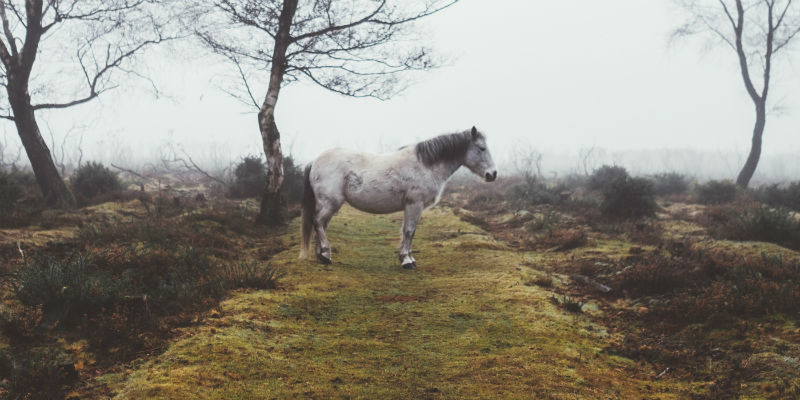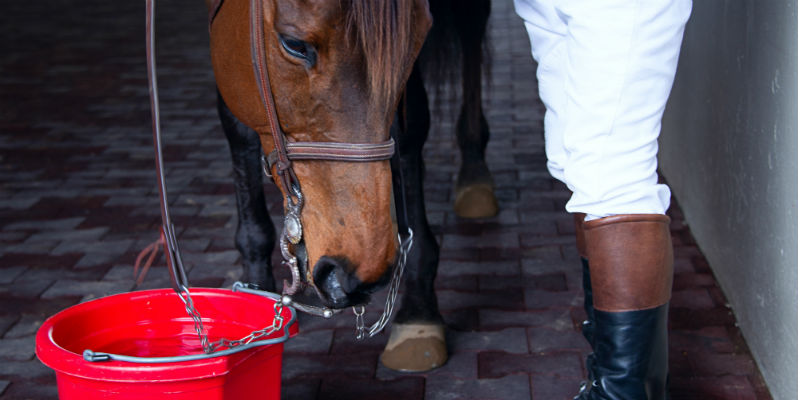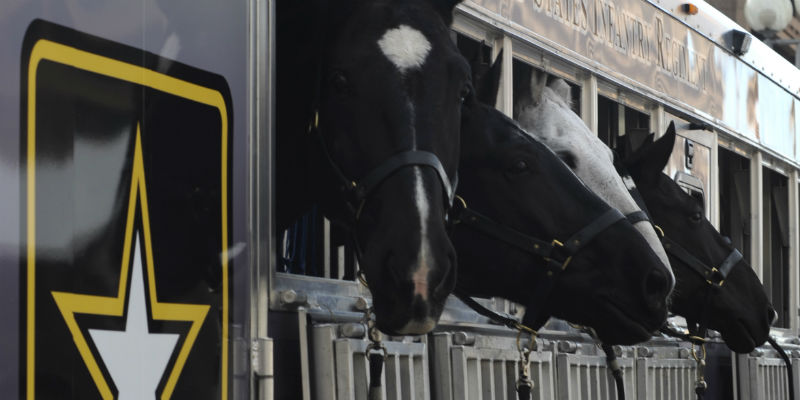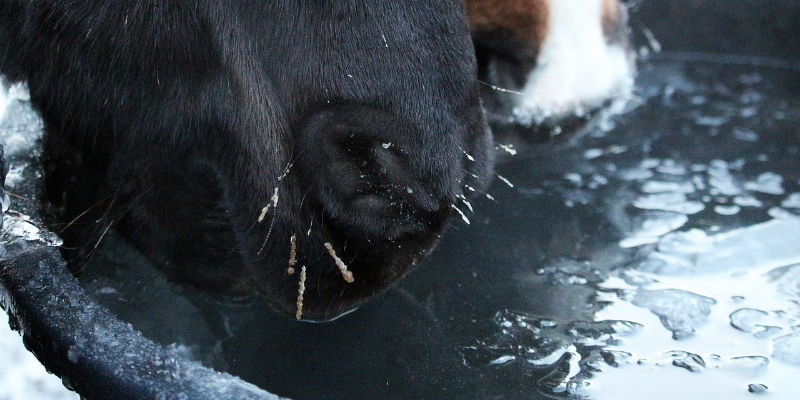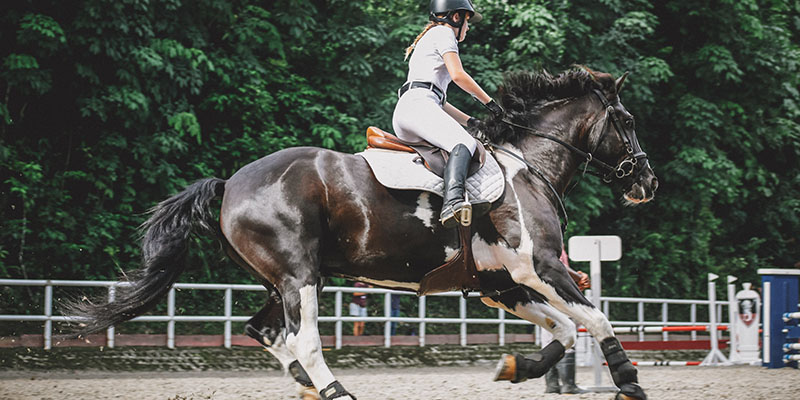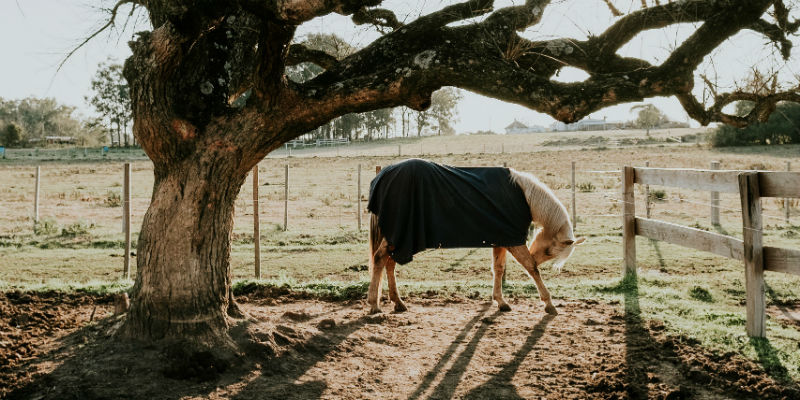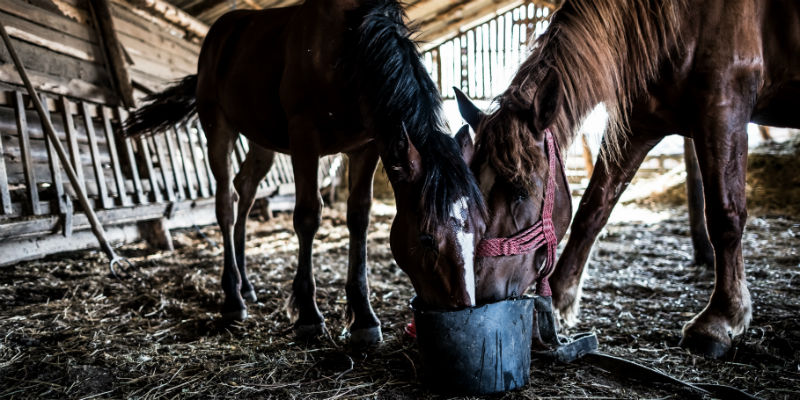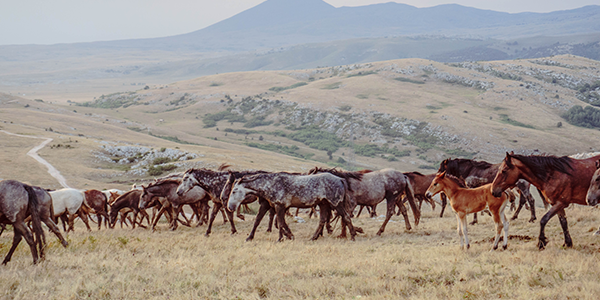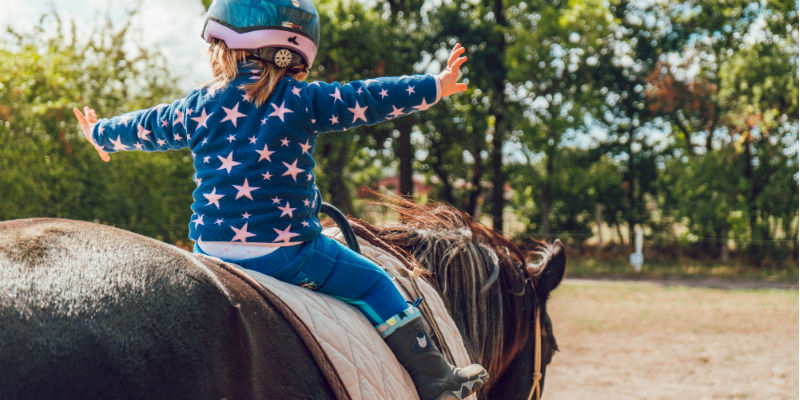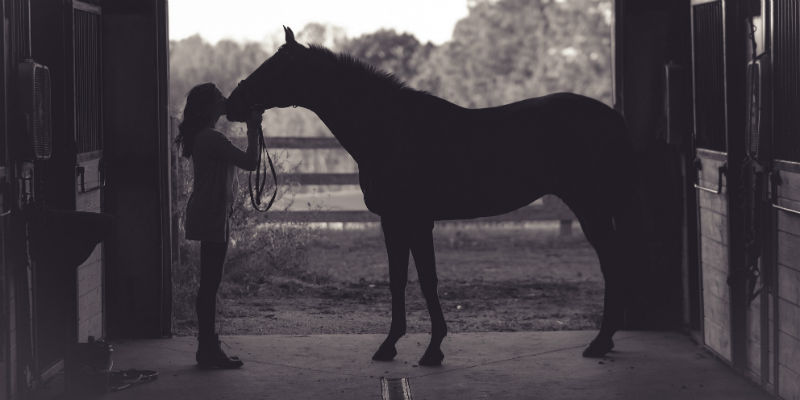Pigeon Fever
One thing to look out for this year when taking care of your horses is pigeon fever (also known as dryland distemper or Colorado strangles). Pigeon fever develops when a certain type of bacteria enters a horse’s body, probably via insect bites or breaks in the skin. The infection usually causes abscesses in the chest or elsewhere in the horse’s body.
Most horses make a full recovery from pigeon fever, but it can take weeks for the disease to run its course. It is a good idea to become familiar with pigeon fever. Owners should know what it looks like, how it occurs, and when your horse is most likely to get it. Your friends at Colorado Horse Property has done some research and would like to share what we have found.
Three Forms of Pigeon Fever
One form of pigeon fever is the development of external abscesses just under the skin or within your horse’s muscles. You find them in the chest and along the middle of the belly. This is the most common and most documented form of the infection and most horses recover fully once the abscess drains and the wound heals.
Another form of this infection causes internal abscesses to develop. This occurs when the bacteria is carried into the body and infect the liver, kidney, lungs or other internal organs. If you suspect that your horse has contracted this type of infection, then make sure to take your animal to the vet as soon as possible. An ultrasound may be needed to locate abscesses, assess their size and determine their maturity.
The last form causes swelling and ulcerations on the lower legs. These abscesses form within lymph nodes, causing the swelling of the leg. Signs of this form of the infection are lameness, lethargy and loss of appetite. Again, if your animal is showing any of these signs, make sure to take them to the vet as soon as possible.
